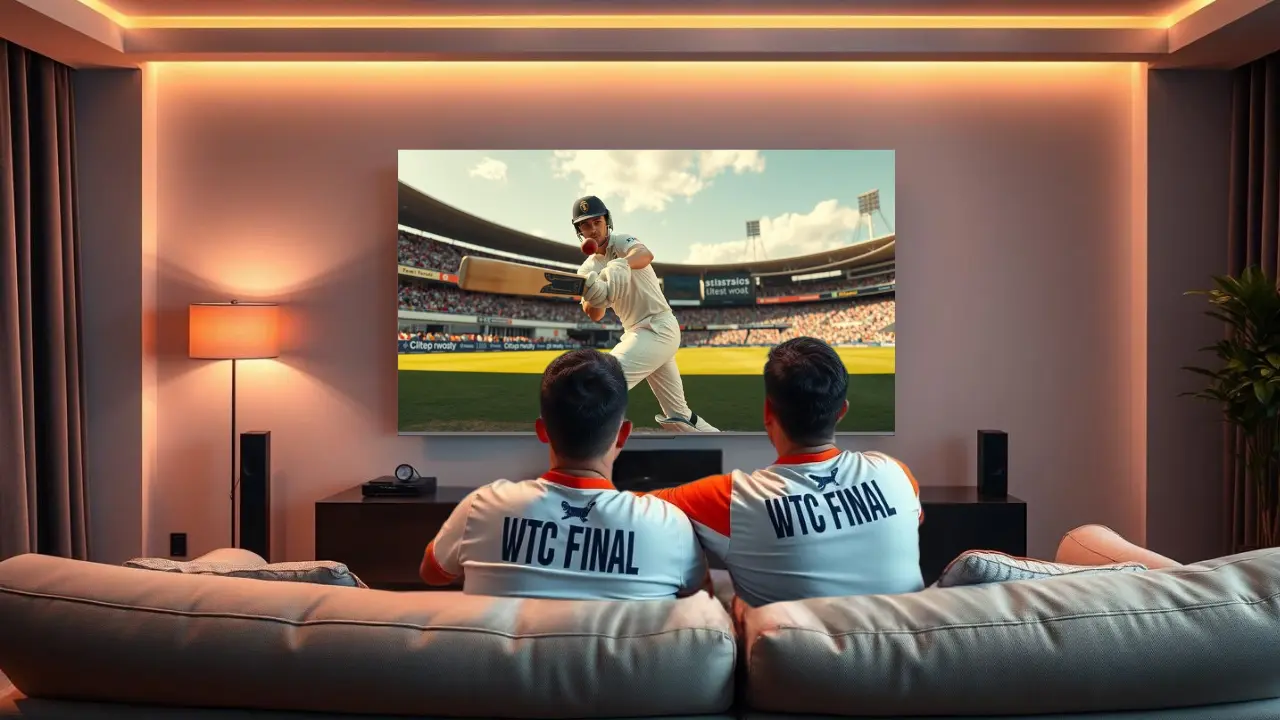It starts with a simple question.
“Where’s it streaming?”
But underneath that is a more personal one.
“Where do I want to be when cricket history unfolds?”
For millions of Indians, across Tier 1 towers and Tier 2 terraces, the answer is no longer just about platforms. It’s about experience.
And increasingly, that experience is being shaped by what they’re watching, not just where they’re watching it.
Cricket Isn’t Just Watched. It’s Lived.
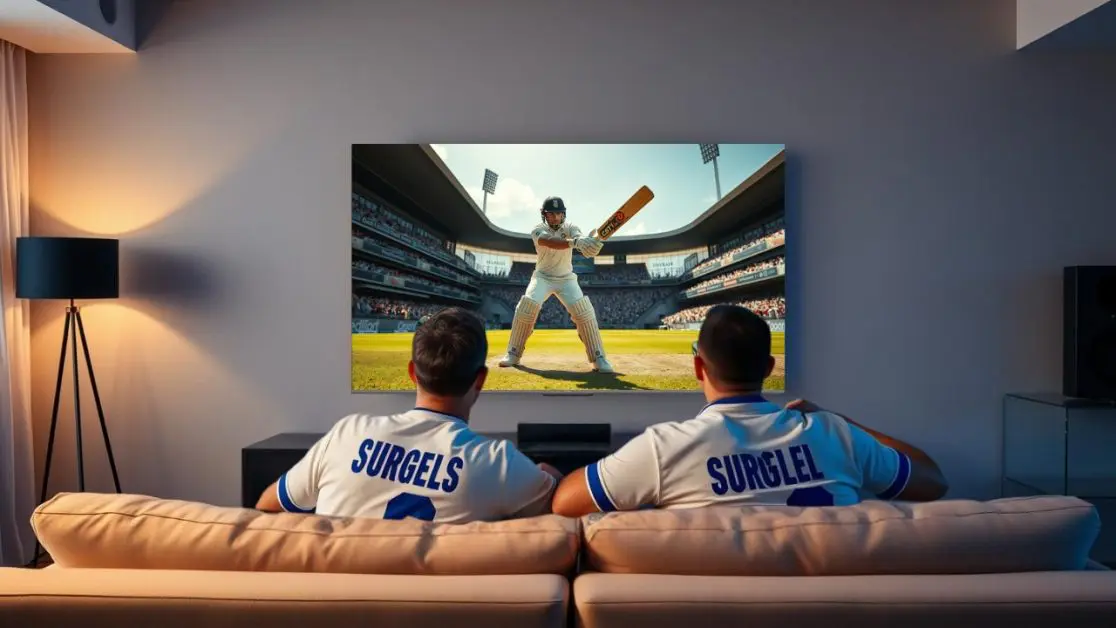
You don’t sip chai during the WTC Final.
You grip it.
Half-drunk. Forgotten on the side table as Rabada steams in.
This isn’t background noise.
It’s a theatre of pressure, legacy, and margin-for-error cricket.
But here’s the uncomfortable truth:
Most TVs were designed for soaps, not sixes.
The WTC Final Has a Streaming Answer. But the Display Question Still Stands.
- Yes, the match is on Disney+ Hotstar.
- Yes, your broadband probably supports HD.
- But what’s missing in that conversation is something no app can fix:
- The screen you use is the final filter between you and the match.
And not all filters are equal.
A Great Display Does Something Subtle, It Gets Out of the Way.
You don’t notice the quality.
You notice the moment.
That split-second decision at third slip.
The change in line from over to around the wicket.
The umpire’s finger, frozen mid-air under pressure.
These aren’t loud, obvious visuals. They’re details.
And average displays crush them under brightness or bury them in shadow.
This Is Where Smart TVs Become More Than Just Screens.
Let’s break it down.
Smart TVs aren’t just smart because they connect to the internet.
They’re smart because they respond to you, your context, and the moment.
And if we’re being specific?
QLED Google TVs are built for exactly this kind of event.
Not gaming. Not cartoons. Not random YouTube binge sessions.
Test cricket. Under pressure. In unpredictable light. With demanding motion.
What Makes a Smart TV Actually Smart During the WTC Final?
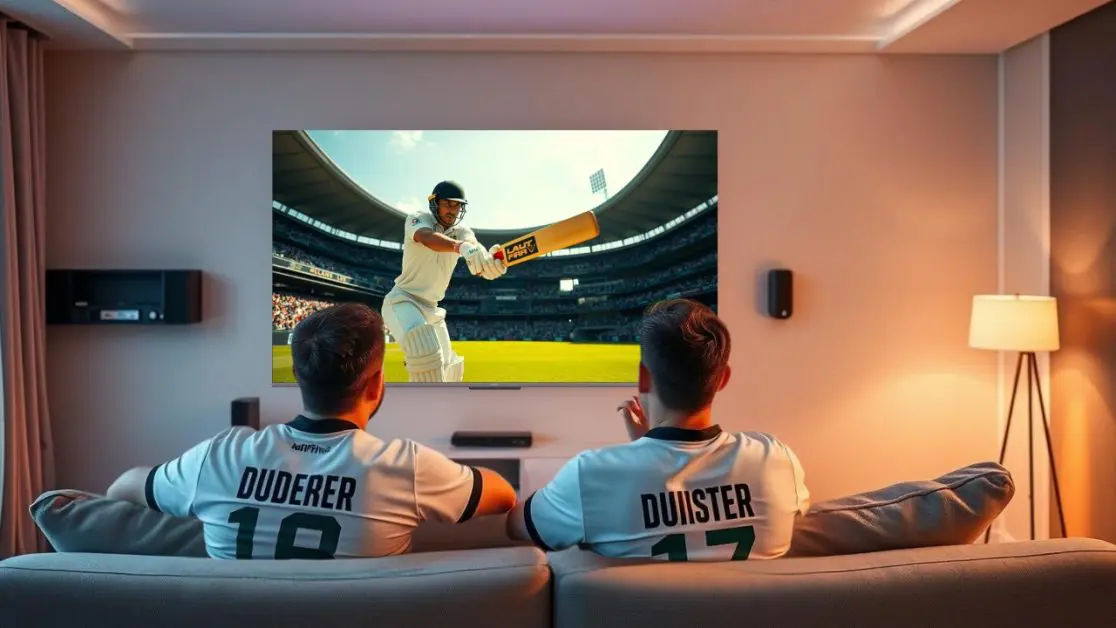
Let’s talk about features, but not like a brochure.
Let’s talk about features like a fan who’s missed one too many edges on a bad stream.
1. Dolby Vision IQ + Adaptive Brightness = You Watch, It Adjusts
Midday sun pouring through the window?
No problem.
The screen recalibrates. Dark scenes don’t get lost. Whites don’t blind you.
It’s not magic.
It’s just the kind of intelligence that knows the difference between bright and brilliant.
2. MEMC at 120Hz = No More Motion Blur on Speedsters
The reason you keep rewinding Bumrah’s delivery isn’t that you missed it.
It’s that your TV couldn’t keep up.
MEMC tech fills the visual gaps, frame by frame.
120Hz makes sure Rabada looks smooth, not smeared.
This matters.
Because Test cricket is about the nuance of motion. Not just colour.
3. Dolby Atmos + dbx-tv = Sound That Doesn’t Just Fill the Room, It Places You Inside It
It’s one thing to hear crowd noise.
It’s another to feel the edge before the umpire reacts.
This audio combo creates depth. Not just volume.
You don’t just hear applause
You hear where it’s coming from.
It’s the difference between watching cricket.
And sitting inside it.
4. Google TV + Voice Control = One Command Away from the Score or Stats
In Indian households, multitasking is a lifestyle.
Dad wants highlights.
Mum wants the news.
You just want the replays.
With Haier’s Google TV interface, switching isn’t a chore.
It’s a sentence.
“Show match highlights.”
“Open Hotstar.”
“Pause.”
No remotes. No confusion. No accidental input on AV3.
Just command and clarity.
What Tier 1 and Tier 2 Homes Are Really Asking For
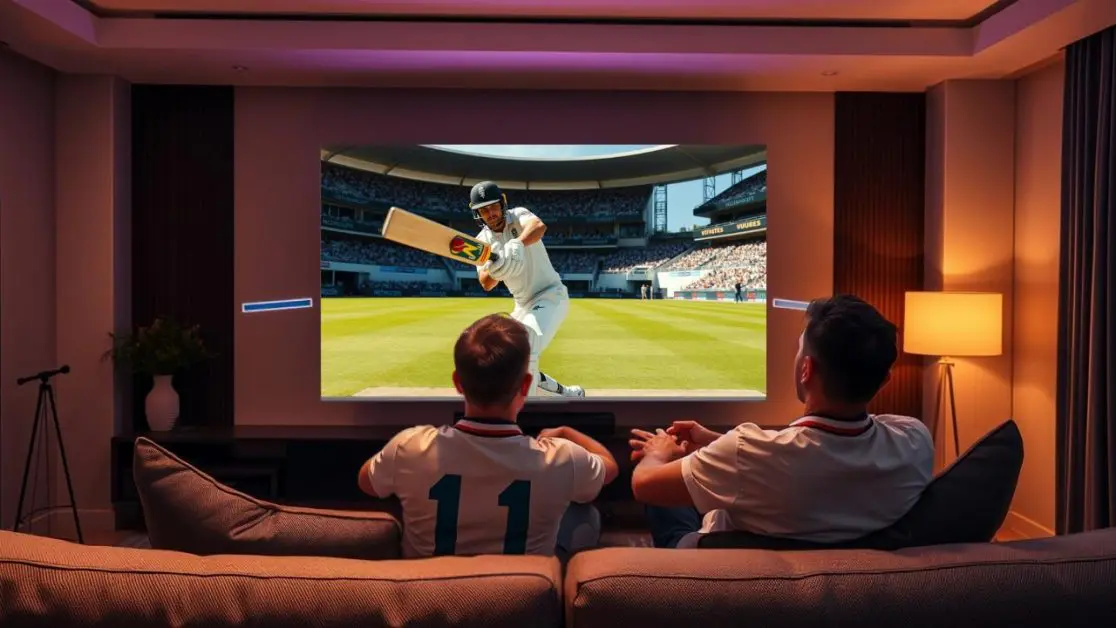
They’re not chasing specs.
They’re chasing experience reliability.
- Will this TV look sharp even with sunlight pouring in?
- Can it keep up when the action speeds up?
- Will it sound immersive even in a noisy flat with the kitchen fan running?
- Is it built for switching between OTTs without freezing?
That’s the real checklist.
And smart QLED TVs are ticking every box.
This Is Bigger Than Cricket. It’s About How We Gather Around Screens.
Remember when only the wealthiest families had a TV?
- Then colour came in. Then remotes. Then HD. Then streaming.
- Now we’re at a new inflection point.
- Where display intelligence matters more than display size.
- Where “smart” isn’t a badge, it’s a behavior.
And just like cricket evolved with DRS, powerplays, and pink balls,
Home viewing evolved with MEMC, Dolby, and QLED panels that learn from your environment.
Let’s Be Clear, Not Every TV Is Built for This Moment.
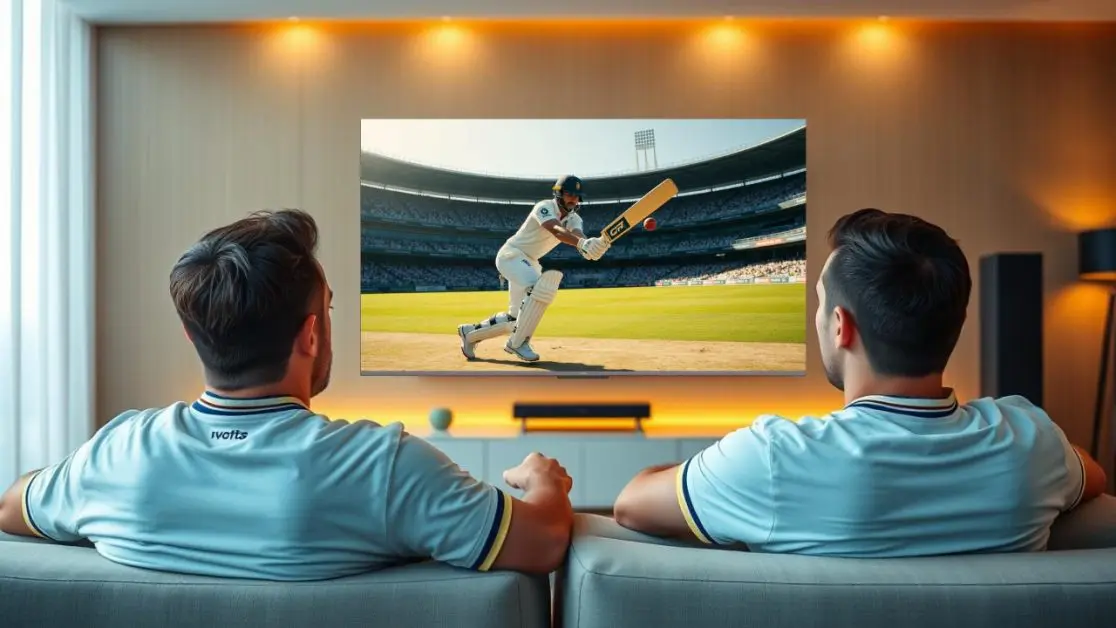
- Some are built for daily soaps.
- Some cartoons.
- Some for nothing in particular.
But the WTC Final?
That’s a pressure cooker inside a cathedral.
And it deserves a screen that understands that.
One that honours the shadows, respects the noise, and keeps pace with world-class fast bowling.
So, Where Should Fans Watch the WTC Final?
The short answer?
On Hotstar.
The better answer?
On a smart QLED TV that can keep up with the drama, detail, and depth of a world title clash.
Like the Haier H75S90EUX:
- 190cm screen that doesn’t crowd your room, it transforms it
- Dolby Vision IQ + Dolby Atmos for light-sensitive, sound-smart clarity
- MEMC 120Hz and 144Hz refresh rate for cricket that moves like cricket
- Hands-free voice + Google TV interface for real control
- 30W audio + dbx-tv tuning that makes even the third umpire’s mic feel like it’s in your room
It’s not just feature-packed.
It’s cricket-conscious.
Final Insight: The Best Screens Don’t Show Off. They Show Up.
This WTC Final will be remembered.
Not just for the winner.
But for the reverse swing. The drop catch. The epic stand. The slip cordon tension.
Your job isn’t just to watch it.
It’s to honour it.
And the right screen?
It doesn’t just play the match.
It elevates it.
So Yes, the WTC Final Is on Hotstar. But Smart Fans Will Watch It on a Smart Haier QLED.
Now available across India with no-cost EMI, free installation, and instant cashback offers.
Because sometimes, the smartest thing to do as a cricket fan
Is upgrading your view.
Terms & conditions applied. Offers valid for a limited period only and may vary by location and retailer.

